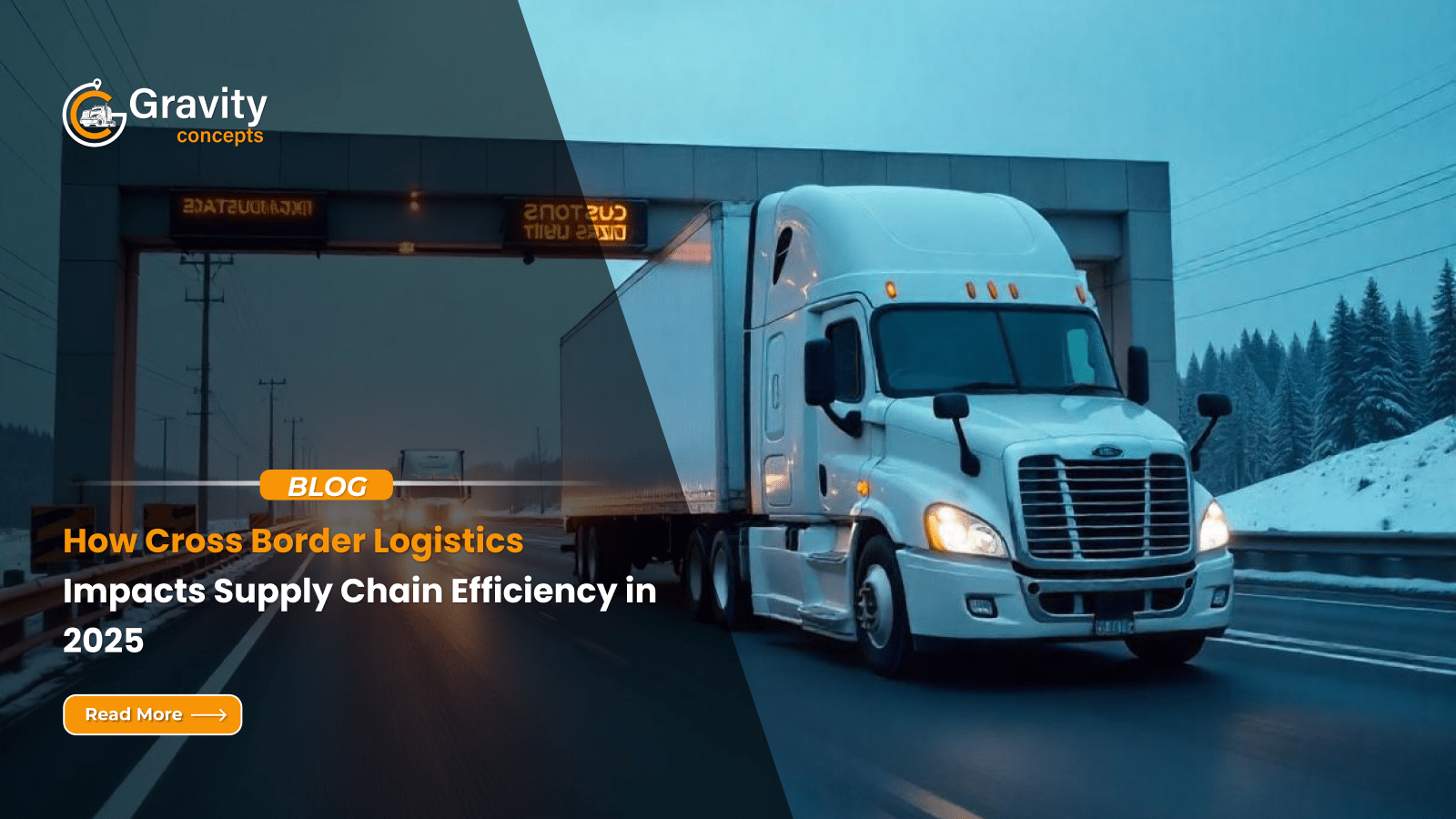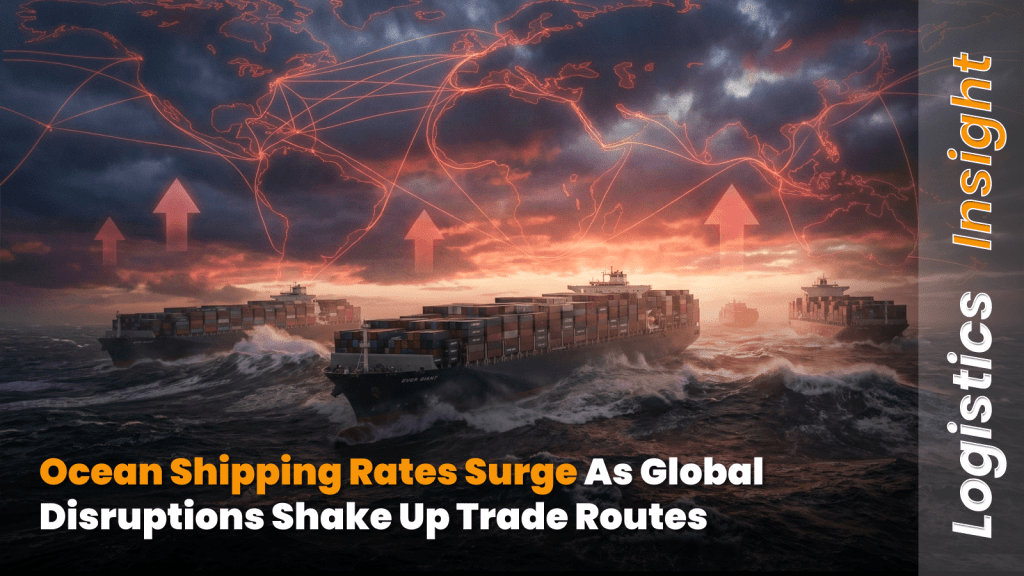
How Cross Border Logistics Impacts Supply Chain Efficiency in 2025
As global trade continues to evolve, cross border has emerged as a critical driver of supply chain performance. In 2025, businesses are experiencing new levels of complexity and opportunity in how goods move across international boundaries. From regulatory changes to technological breakthroughs, the dynamics of cross border logistics are reshaping how companies manage time, cost, and delivery expectations.
This blog explores the ways in which cross border logistics is impacting supply chain efficiency in 2025—and how businesses can adapt to stay competitive.
What Is Cross Border Logistics?
Cross border logistics refers to the movement of goods between countries through a network of transportation, warehousing, customs, and compliance processes. Unlike domestic logistics, cross border operations must align with multiple countries’ trade laws, regulations, and infrastructure standards.
It involves much more than simply shipping freight. It encompasses customs documentation, duties and taxes, security screening, cargo handling, and last-mile delivery—all of which play a significant role in how quickly and cost-effectively goods are delivered.
Trends Shaping Cross Border Logistics in 2025
- Digital Customs and Paperless Trade
Government agencies across North America and other major trade regions are embracing digital platforms to simplify customs procedures. Electronic document submissions, automated clearance systems, and data-sharing between countries help reduce border wait times and human error.
- Advanced Visibility and Tracking
Real-time tracking tools powered by IoT and GPS are offering full visibility into cross border cargo. These systems allow supply chain managers to monitor shipment progress, delays, and reroutes, significantly improving responsiveness and planning.
- AI and Predictive Analytics
AI tools are now helping companies forecast transit delays, optimize shipping routes, and manage inventory levels based on real-time data. This predictive capability is reducing risk and enhancing supply chain agility.
- Trade Agreement Updates
In 2025, evolving trade policies—such as those under the USMCA and new bilateral agreements—are streamlining cross border freight shipping between North American countries. Businesses that stay updated on regulatory changes can benefit from reduced tariffs and faster processing.
Challenges Still Facing Cross Border Logistics
Despite these advancements, cross border operations remain complex. Businesses face challenges like:
- Customs Delays: Inconsistent regulations and documentation requirements can slow down cargo clearance.
- Increased Costs: Duties, tariffs, and fluctuating fuel prices continue to affect transportation budgets.
- Infrastructure Gaps: Not all border facilities are equipped to handle high freight volumes efficiently.
- Coordination Issues: Disparities between carriers, brokers, and government agencies can lead to communication gaps.
Addressing these challenges requires integrated systems, strong logistics partnerships, and proactive planning.
How Cross Border Logistics Enhances Supply Chain Efficiency
When executed correctly, cross border solutions can significantly improve supply chain performance:
- Reduced Transit Times
With optimized routing, pre-clearance programs, and efficient documentation, businesses can experience faster cross-border delivery. This is especially valuable for time-sensitive or seasonal inventory.
- Better Inventory Management
Real-time tracking and advanced planning tools allow companies to align stock levels with actual transit data. This reduces overstocking and understocking risks.
- Cost Control
By leveraging multimodal transportation and consolidating shipments, businesses can minimize freight costs. Strategic customs planning also helps reduce unexpected charges.
- Risk Mitigation
Predictive analytics and compliance management reduce the likelihood of shipment holds, penalties, or delivery failures, allowing businesses to maintain a smooth supply chain flow.
Technology as a Game-Changer in 2025
Technology continues to play a central role in transforming cross border transport:
- Blockchain ensures the security and transparency of documents shared between trading partners.
- Transportation Management Systems (TMS) integrate with customs platforms for seamless clearance.
- AI-powered dashboards allow for real-time decision-making and route optimization.
These innovations offer unprecedented control over complex international shipping environments.
Key Metrics to Measure Cross Border Efficiency
To track improvements in supply chain performance, businesses are focusing on:
- On-Time Delivery Rates
- Customs Clearance Time
- Freight Cost per Unit
- Order Cycle Time
- Shipment Accuracy
Monitoring these KPIs helps identify bottlenecks and guide continuous improvement.
Best Practices for 2025 and Beyond
To fully leverage the potential of modern cross-border logistics, businesses should:
- Choose experienced logistics providers with international expertise
- Implement pre-clearance and compliance audits before shipment
- Use multimodal networks to avoid delays at congested crossings
- Invest in digital platforms for document management and tracking
- Strengthen collaboration across departments and partners
Industries Most Affected by Cross Border Efficiency
Cross border logistics is particularly crucial in industries like:
- E-Commerce: Speed and flexibility are critical in meeting cross-border consumer expectations.
- Manufacturing: Timely delivery of components is essential for production schedules.
- Healthcare and Pharmaceuticals: Strict compliance and time-sensitive cargo require streamlined cross-border processes.
- Agriculture and Perishables: Temperature-sensitive goods demand fast, reliable cross border cargo movement.
In 2025, cross border logistics is more than a transportation function—it’s a strategic lever that directly impacts supply chain efficiency. As global trade expands and customer expectations rise, businesses must adapt through smarter planning, real-time data usage, and technology integration.
By overcoming traditional barriers and embracing modern logistics practices, companies can unlock faster delivery, lower costs, and a more resilient international supply chain.



